


Yours truly is also in the fortunate position of owning one of these receivers in pristine, almost mint condition with the matching NDH-518 external memory units. I will over the course of the next two weeks or so be talking about this great receiver and what makes it so special and sought after and even today. Before I get launched in to the nitty gritty I will leave you with some photos and a video from you tube.




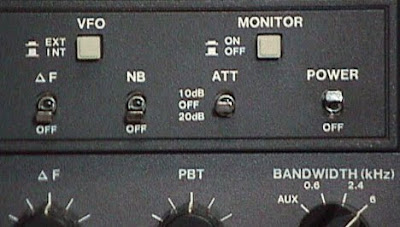

Background
The Japan Radio Company is a long established company since 1915 and is considered one of the oldest and largest electronics manufacturing companies in the world. Employing over 3,000 workers, JRC is a respected expert in such areas as marine radio equipment, mobile and satellite communications, fiber optics, radar, navigation equipment, and avionics systems. Therefore, it should be no surprise that JRC's line of communications receivers are held in high regard and so highly sought after for their excellent and outstanding performance, dependability, ergonomics, and ease of use.
Over the years, JRC has manufactured a fine line of consumer grade shortwave communications receivers. Beginning with the NRD*505 and ending with the NRD*545, not to mention also a fine line of amateur radio transceivers. Japan Radio Company has incorporated state-of-the-art features into a unit designed with excellent sensitivity and to be operated with ultimate user comfort. This NRD-515 is no exception and is typically sought by collectors that are fond of it's design and capabilities and exceptional performance with no compromise. According to Fred Osterman in his book "Shortwave Receivers Past and Present" the NRD-515:
"is robustly built and straight-forward to operate. This receiver remains popular with utility DXers, tropical band enthusiasts, and general shortwave listeners. The '515' has nearly a cult-like following. Clean lines, easy operation, a solid feel and outstanding performance come together in this radio."
Interestingly, the 515 sold in the late 70's thru the mid 80's for about $1,000 to $1500....a tidy sum of money in those days. Extra features such as the memory unit and additional IF filters would push the price even higher. When new models come out, typically older shortwave receivers, like most consumer products, lose much of their original value. However, the 515 in good condition is a true exception with selling prices remarkably stable even 25 to 30 years later have remained high. There are many reasons for this.
First of all, the receiver is truly built like a battleship The receiver front panel and cover are made from heavy gauge steel and designed to last. The only plastic is found are on the various knobs and feet with the balance of the receiver is all constructed of metal - no compromise, period. Even the top of the range receivers and transceivers today cannot boast this!
Secondly, the 515 was made during an era of mostly analog dial readouts that could tune to within 5 kHz or maybe even 1 kHz. However, the red LED readout of the 515 could literally tune to a resolution of 100 Hz...an achievement unparalleled by other consumer equipment from that era and almost unheard of. Only military spec. equipment could brag about such extremely high resolution tuning. Other Japan electronic manufacturers of the era were beginning to release some models with digital readouts, but again, the resolution was only as good up to about 1 kHz.
Tuning on the 515 is accomplished using a variety of knobs. The user would determine which one of 30 MHz bands they would like to tune and move the large MHz dial into that position. JRC used a optical rotary encoder that is extremely durable. Then actual tuning to the specific frequency would occur with the large right main tuning knob, or if faster tuning was desired, using the toggle tuning switch that is located at about 2 o'clock to the main tuning knob. For most tuning, this method is sufficient. However, if tuning on SSB or for RTTY, JRC also included a fine tune control that they called the delta control. This control deviates by about + or - 3 kHz and allows for extremely precise tuning.
The 515 is a extremely stable receiver. Drift after about 30 minutes of warm-up is reported to be less than 50 Hz per hour, but avid users report that they rarely have to re tune. This stability is uncustomary for this time in the consumer market and unheard of.
A nice feature found on the 515 is the pass band tuning. This control coupled with the receiver's excellent dynamic range allowed the operator to frequently eliminate considerable, if not all, of the side band interference. When used in conjunction with the optional installed filters, the 515 becomes a fantastic unit for searching out those weak signals. The choice of filters is not mode dependent and this gives the user an extra degree of flexibility in use.
General Specifications:
- Coverage from 100 kHz to 34000 kHz
- Installed filters of 6 / 2.4 / .6 / .3 kHz
- Noise blanker
- Delta Tune (RIT) of + or - 3 kHz
- BFO + or - 2 kHz
- RF gain
- AGC fast / slow / off
- UP / Down tuning
- Pass band tuning + or - 2 kHz
- S-meter
- 1/4" Headphone jack
- Ext. speaker jack
- Line out jack
- Attenuator -10 or -10 dB
- BC preselector / tune
- Mute and monitor functions for amateur radio use










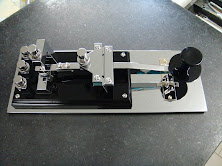
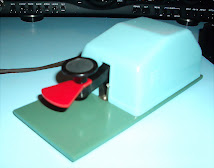















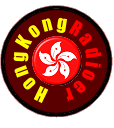




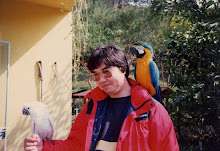






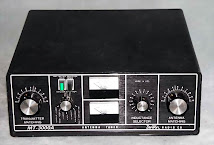
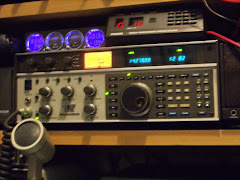
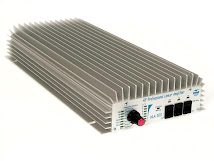
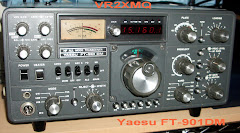













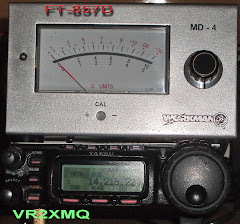





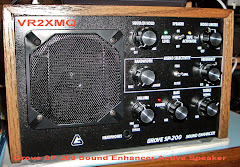



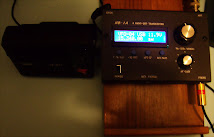



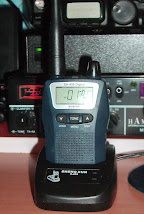
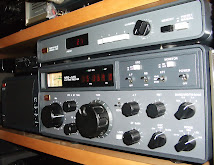





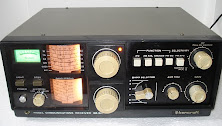












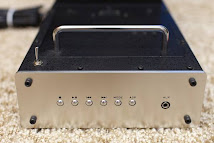

























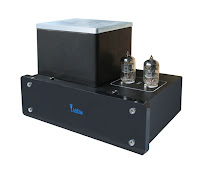

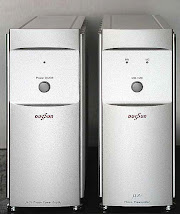



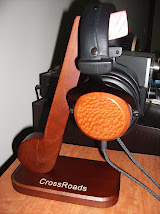






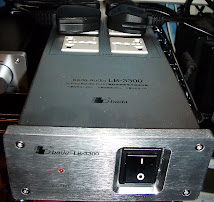
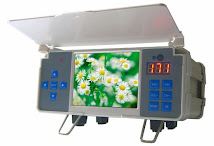































No comments:
Post a Comment